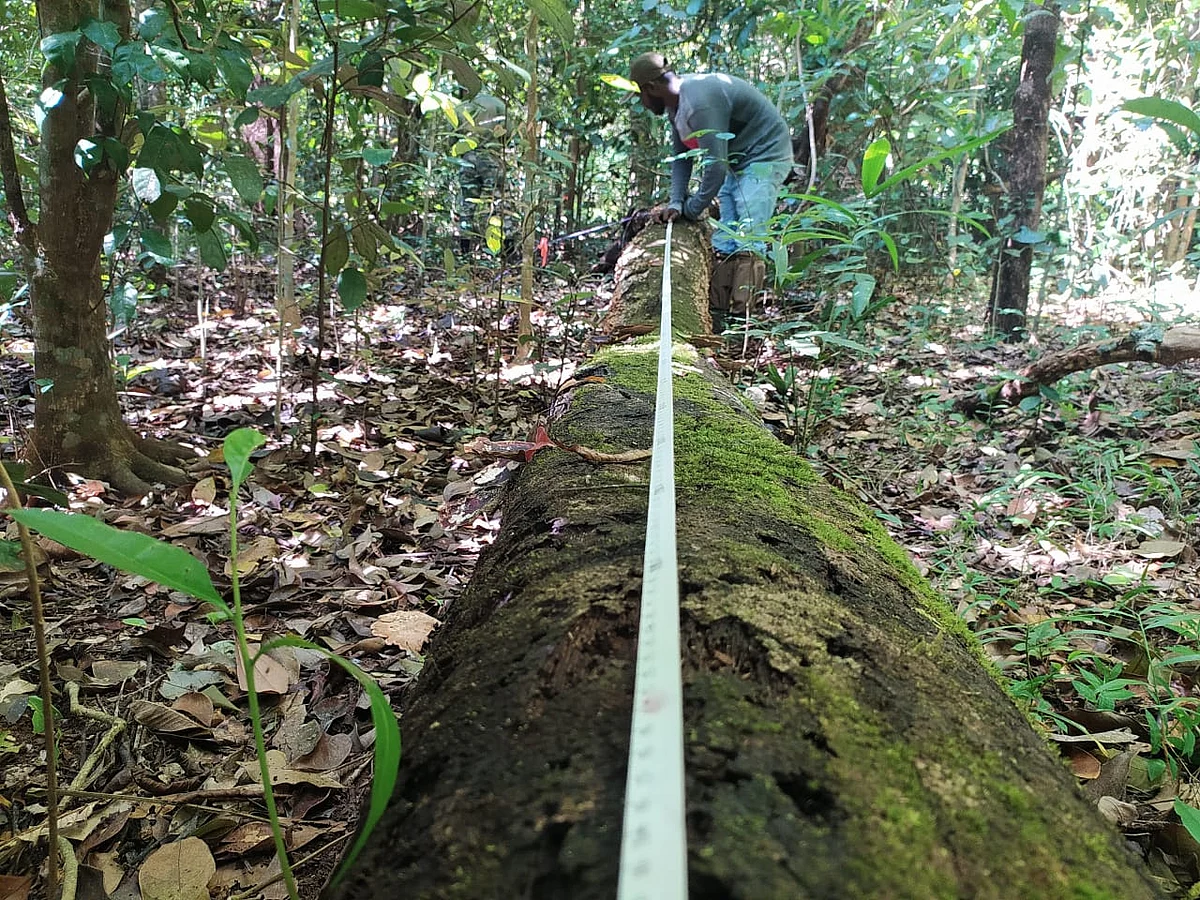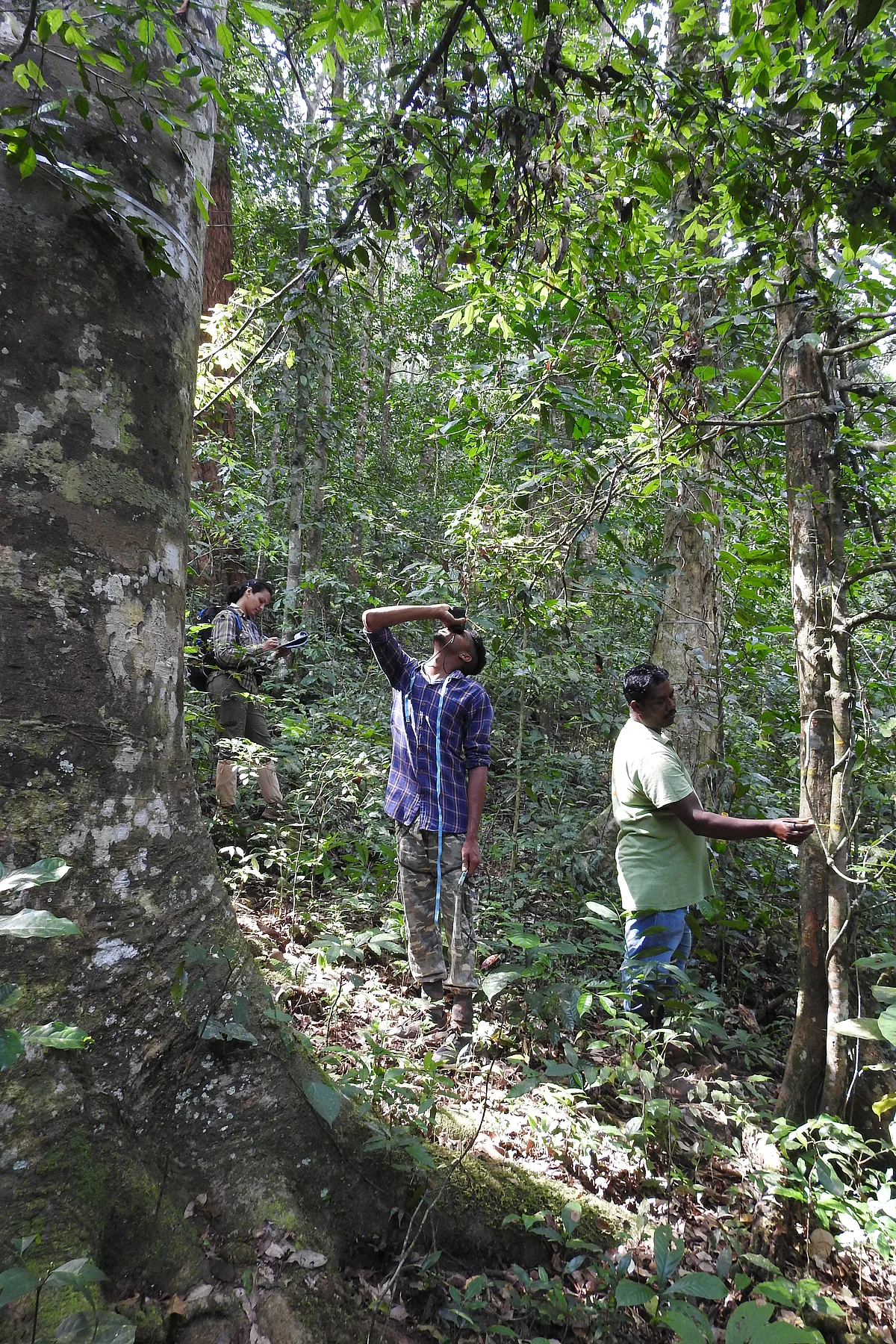How forests are changing in relation to climate and disturbance
In an era of rapid climate change and biodiversity loss, scientists have pinpointed the crucial role of the world's tropical forests in both conserving biodiversity and in absorbing carbon from the atmosphere thereby regulating climate change. This is true not just of intact forests, such as mature tropical rainforests, but also of secondary forests such as those recovering after logging or other disturbances. Secondary forests, too, can serve as significant terrestrial carbon sinks as they now dominate large parts of the tropics and show higher rates of carbon fixation when compared to mature forests. The ability of forests to retain their biodiversity and sequester carbon is sensitive to variation in climate (e.g., temperature, rainfall quantity and timing), in addition to the nature and intensity of local disturbances. Sustained long-term research and monitoring is vital if we are to detect these effects and the implications of climatic variation and disturbance on forest biodiversity and carbon dynamics.
In the Western Ghats, we carry out intensive long-term monitoring across different forests through coordinated, collaborative research. As part of our long-term forest ecosystem dynamics project, we have established three 1-hectare plots in mid-elevation tropical wet evergreen rainforests. This includes two plots in the Anamalai Hills in the southern Western Ghats and one in the Malenadu region of the Central Western Ghats. These plots form a part of the Long-term Ecological Monitoring Network - India (LEMoN-India).
In these plots, we intensively monitor many parameters associated with tree population dynamics and carbon cycling following internationally standardized protocols. Each 1 ha plot of 100 m × 100 m dimensions was sub-divided into sub-plots of 10 m × 10 m and woody plant stems with girth at breast height (GBH, at 1.3 m) ≥10 cm were mapped, identified, tagged, and numbered. Stem growth is measured every quarter and the plots are fully censused at annual intervals.
Short-term trends already evident from the plots in the southern Western Ghats indicate that the mature rainforest plot had higher tree diversity, carbon stocks and relatively intact composition. But the secondary rainforest plots also indicated high rates of biodiversity and carbon accrual which goes to show that such post-agroforestry secondary forests are also valuable for conservation and climate goals. Of concern is the moderate carbon losses witnessed in the mature rainforests, similar to patterns noticed in other mature South Asian tropical forests, which likely reflects the impacts of ongoing climate change.


